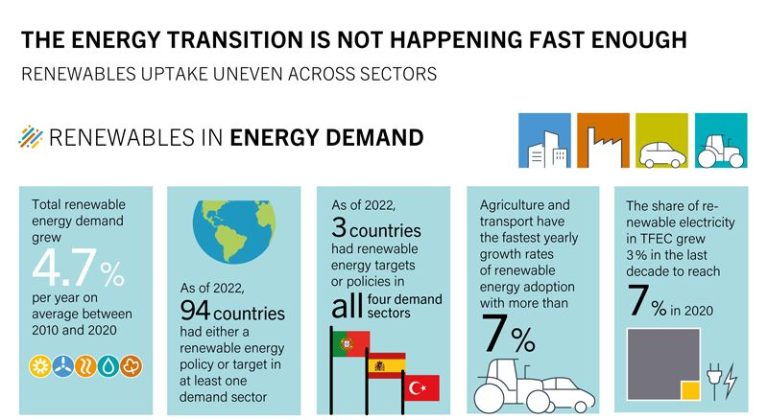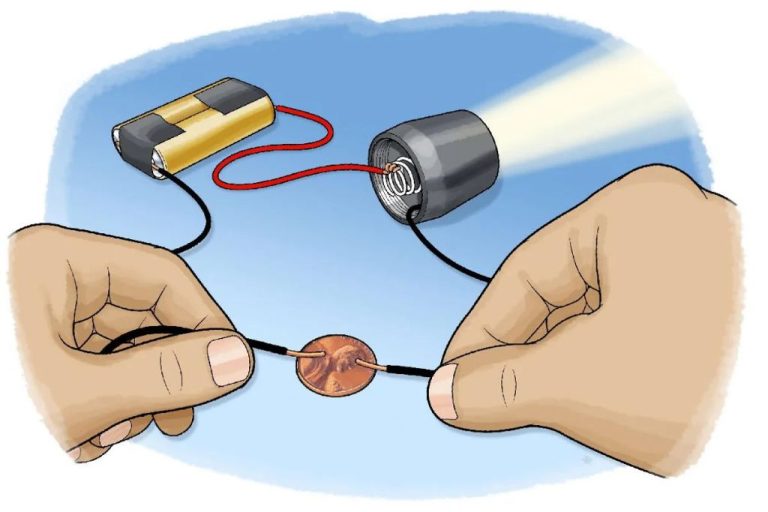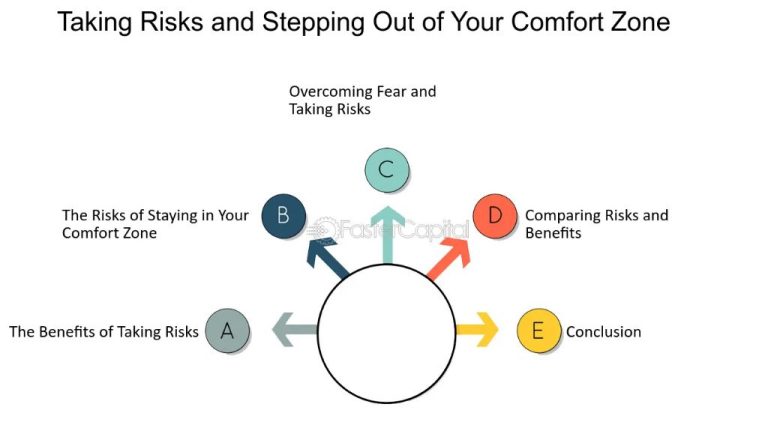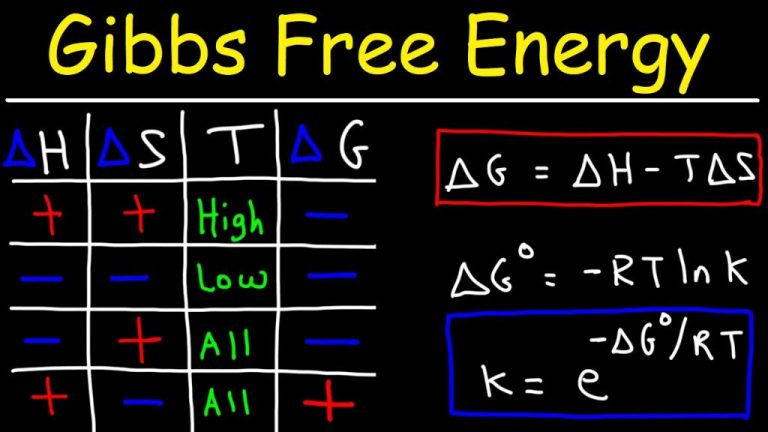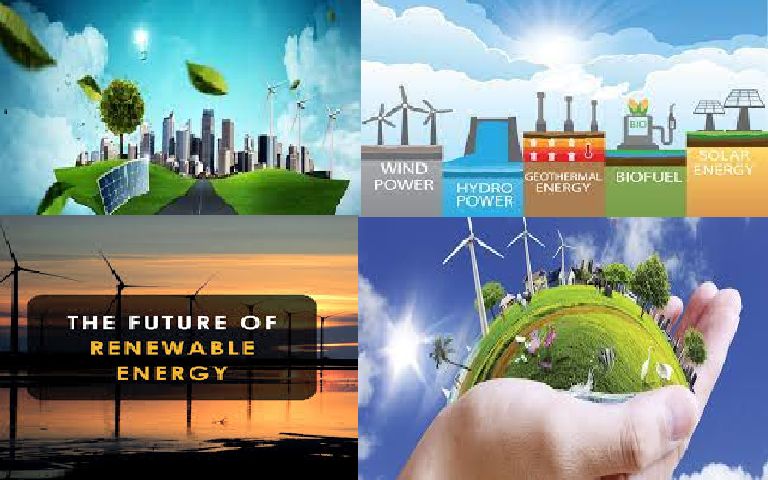How Can We Generate Electricity Without A Battery?
Generating electricity without a battery refers to producing electrical energy directly from other energy sources, without needing to store that energy in a battery. This allows us to harness natural energy sources like sunlight, wind, water movement and geothermal heat to directly power devices and systems.
Generating electricity without a battery is important for several reasons:
- It allows us to tap into renewable energy sources like solar, wind and water power that are naturally replenished.
- It eliminates the need for chemical battery storage and its associated environmental concerns and costs.
- It enables electricity generation in remote locations where power grid infrastructure is not available.
- It facilitates off-grid, distributed power generation that is decentralized and more resilient.
Key applications of battery-free electricity generation include powering remote weather stations, roadside lighting, telecommunications equipment, rural households, and even spacecraft and satellites using solar panels. With the right energy transducer, electricity can be generated on-demand and on-site to directly meet electrical needs.
Solar Power
Solar power harnesses energy from the sun and converts it into electricity through the use of solar panels and solar cells. Solar panels contain photovoltaic cells made up of semiconducting materials like silicon that exhibit the photovoltaic effect. When sunlight hits these cells, the photons are absorbed by the semiconducting material, causing electrons to break free from their atomic bonds. This generates an electric field across the solar panels that causes electricity to flow. The photovoltaic effect allows solar cells to convert sunlight directly into electricity without any moving parts or environmental emissions.
Some key pros of solar power include:
- Renewable – Solar energy is abundant and inexhaustible.
- Reduce electricity bills – Solar panels allow households to generate their own electricity.
- Low maintenance – Solar panels last 25-30 years with minimal upkeep.
- Eco-friendly – Generates clean energy without carbon emissions or pollution.
Some potential cons include:
- Upfront costs – Solar panel systems require high initial investment.
- Intermittency – Solar energy depends on sunny weather and daylight hours.
- Space requirements – Solar panels take up a lot of space for large scale power generation.
- Storage limitations – Batteries are needed to store electricity for use when the sun isn’t shining.
Overall, solar power provides a renewable and clean alternative to generate electricity without relying on batteries. The technology is rapidly improving and becoming more affordable and efficient.
Wind Power
Wind power harnesses the wind to generate electricity using wind turbines. Wind turbines consist of large blades that spin as the wind blows past them. This rotational energy powers a generator to produce electricity. Wind power is considered a renewable and clean energy source since wind is free and abundant, and wind turbines don’t produce emissions.

Wind turbines can range in size from small residential models to massive utility-scale turbines over 500 feet tall. Large wind farms consist of dozens or even hundreds of wind turbines and can generate hundreds of megawatts of electricity. Some of the advantages of wind power include:
- Renewable – Wind is constantly replenished and will never run out.
- Clean – Wind turbines produce no air pollution or carbon emissions.
- Cost-effective – New wind power is cheaper than fossil fuels and nuclear.
- Reliable – Improvements in turbine technology have increased reliability.
- Abundant – Wind is unlimited and available worldwide.
However, wind power also comes with some downsides:
- Intermittent – Wind speeds vary, leading to inconsistent electrical output.
- Land use – Large wind farms require substantial land areas.
- Wildlife impact – Turbines can disrupt habitats and migration paths.
- Visual impact – Some find wind turbines visually unappealing.
- Noise – Turbines produce noise pollution near receptors.
Overall, wind power represents a sustainable way to meet increasing energy demands. With proper siting and mitigation, the pros generally outweigh the cons for wind power.
Hydro Power
Hydro power is one of the most widely used renewable energy sources globally. It generates electricity by utilizing the power of flowing or falling water to spin turbines connected to generators. There are two main types of hydro power plants:
Dam-based hydro plants are the most common type. These utilize reservoirs or damns to control water flow and provide water pressure to turn the turbines. Water builds up in a reservoir behind a dam, then when a valve is opened, the water flows through penstocks and spins the turbine blades. The mechanical power of the spinning turbines activates the generators to produce electricity. Dams allow control over electricity production by regulating water flow.
Run-of-river hydro plants utilize the natural flow of rivers or streams, with no dam or reservoir. They channel a portion of the river flow into a penstock pipe that delivers water to the turbine. These systems generate electricity from available river flow and have less environmental impact, but they provide less control over power generation. Output depends on seasonal water volumes.
The main pros of hydro power are its renewable, emissions-free operation and low generation costs once facilities are built. It provides reliable base load power unaffected by market fluctuations. Hydro capacity can also quickly adjust to meet shifts in energy demand. Downsides are high upfront construction costs, geographical limitations, and potential local environmental impacts from flooding land and changing ecosystems.
Geothermal Power
Geothermal power utilizes heat from the Earth’s core to produce steam that can generate electricity. Hot water or steam is extracted from geothermal reservoirs in the Earth’s crust and brought to the surface. This geothermal fluid is then used to power a turbine connected to a generator, which produces electricity.
There are three main types of geothermal power plants: dry steam, flash, and binary. Dry steam plants draw from underground steam pockets directly, while flash plants pull hot water from below ground and convert it to steam. Binary plants transfer the hot water’s heat to a secondary liquid with a lower boiling point, which vaporizes and drives the turbine.
Some of the pros of using geothermal energy are that it provides constant baseload power unaffected by weather variations, has low operational costs after initial drilling and construction, produces negligible emissions, and uses a renewable resource. However, geothermal power is limited to areas with adequate underground heat and fluid flow near the surface, which are often found along tectonic plate boundaries. Drilling and exploration costs can be high and there is some risk of projects not finding sufficient geothermal resources once construction begins. Overall, geothermal provides a clean and steady source of electricity in geographically favorable areas.
Tidal Power
Tidal power captures the energy from tides to generate electricity, typically using tidal barrages or tidal stream generators. Tidal barrages are built across estuaries or bays with a dam-like structure that holds back the tide and directs the water through turbines as the tide comes in and out. The movement of the massive amounts of water turns turbines to produce electricity. Some key pros of tidal barrages are their reliability and predictability, as tides are consistent and can be forecast far in advance. They also produce renewable electricity without direct emissions. However, tidal barrages can be extremely expensive to construct and have potentially high environmental impacts by changing tidal flows and affecting marine ecosystems.
Tidal stream generators are essentially underwater wind turbines that harness the energy of tidal currents to produce electricity. They can be placed on the seabed in areas with consistently high tidal flow speeds. Compared to tidal barrages, tidal stream generators are generally less expensive, easier to install, and have lower environmental impacts. A downside is that their energy production can be intermittent depending on tide cycles. Overall, tidal power remains a promising technology for renewable electricity generation in suitable coastal areas.
Piezoelectricity
Piezoelectricity refers to the ability of certain materials to generate an electric charge in response to applied mechanical stress. The word piezoelectricity means electricity resulting from pressure. It is derived from the Greek word piezein, which means to squeeze or press.
The piezoelectric effect results from the linear electromechanical interaction between the mechanical and electrical states in crystalline materials that have no inversion symmetry. This means that their crystal structure has a lack of center of symmetry. When a mechanical stress is applied to these materials, the slight shift in positive and negative charge centers within the crystal structure results in an external electrical voltage across the material.
Piezoelectric materials include natural crystals like quartz, tourmaline and topaz as well as manufactured ceramics like lead zirconate titanates and barium titanates. When a force is applied to these materials, the asymmetric crystal structure causes polarization of the material resulting in a voltage difference across the material. This voltage can be captured and used as an energy source.
Some common applications that utilize piezoelectricity to harvest energy include piezoelectric igniters in appliances like gas stoves and grills, accelerometers in devices, ultrasound and SONAR technologies, and energy harvesting mechanisms in shoes or roadways to capture energy from walking or vehicle traffic. Piezoelectric materials provide a simple and scalable way to convert ambient mechanical stress into useable electrical energy without a battery.
Thermoelectricity
Thermoelectricity is the process of generating electricity from temperature differences between two sides of a material. It works based on the Seebeck effect, which states that when two dissimilar electrical conductors or semiconductors are connected to form two junctions that are held at different temperatures, a voltage difference will be created between the two junctions.
In thermoelectric generators, one side of the thermoelectric material is heated while the other side is cooled. This creates a temperature gradient across the material, causing charge carriers like electrons or holes to diffuse from the hot side to the cold side. The moving charges generate an electrical current that can be used as electricity.
Some common applications of thermoelectricity include power generation from waste heat, solar thermal electricity generation, and radioisotope thermoelectric generators used in spacecraft. For example, the excess heat from automobile exhaust systems, industrial processes, or even body heat can be captured by thermoelectric materials to produce electricity. The key advantage of thermoelectric power generation is the direct conversion of heat to electricity without involving any moving parts.
Triboelectricity
Triboelectricity refers to the static electricity that is generated through contact and friction between two different materials. When certain materials are rubbed against each other, they can become electrically charged as electrons are exchanged between the surfaces. The classic example is rubbing a plastic comb through your hair and building up static electricity that can make your hair stand on end. But triboelectricity has important practical applications as well.
Triboelectric nanogenerators (TENGs) are devices that utilize the triboelectric effect to convert mechanical energy into electricity. They are made of two thin sheets of materials with differing triboelectric polarities. When the sheets are pressed together and then separated, electrons flow from one material to the other, generating an electrical current that can be harvested. TENGs can generate electricity from small mechanical motions like vibrations, human motion, wind, or flowing water. They can be made from low-cost materials and do not require an external power source, making them ideal for powering small electronic devices.
Some examples of how triboelectricity is being used:
- Powering sensors and IoT devices
- Charging mobile phones and watches through motion
- Energy harvesting from walking, typing, wind, or ocean waves
- Triggering sensors and touch switches
- Developing self-powered e-skins and wearable electronics
In summary, triboelectricity is the static charge created by contact between materials. Triboelectric nanogenerators can harness this to convert all kinds of small mechanical energy into usable electricity without batteries.
Conclusion
There are several promising methods to generate electricity without batteries. Solar, wind, hydro, geothermal, tidal, and piezoelectric generation can all produce renewable energy from natural forces. Thermoelectric and triboelectric generation can create small amounts of electricity from ambient heat differentials and friction. Each method has advantages and disadvantages in terms of cost, scale, reliability, and environmental impact.
Battery-free electricity generation can provide power for remote sensors, small devices, and back-up systems. With further development, some methods like offshore wind and tidal may one day compete with traditional power plants. But most battery-free sources are best suited to niche applications rather than grid-scale generation. Using a diverse mix can provide redundancy and maximize power production.
In summary, many technologies now exist to harvest electricity from our surroundings without batteries. While they may not fully replace centralized electricity systems, they can contribute to a more distributed and renewable energy future.

